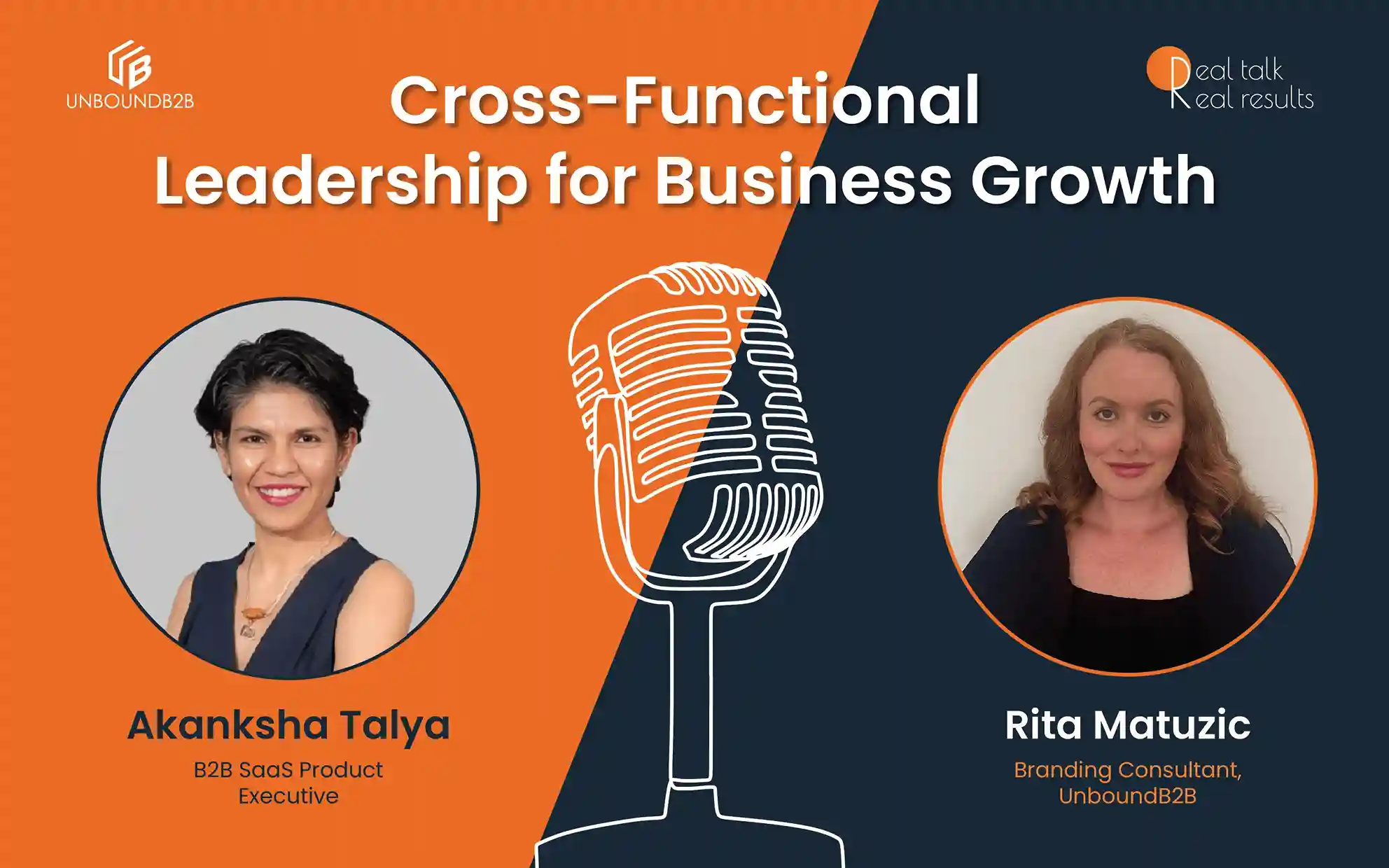
In today’s highly competitive business landscape, converting leads into paying customers has become more challenging than ever. Companies are constantly seeking innovative ways to optimize their sales and marketing strategies to achieve higher conversion rates. One powerful approach that has gained significant traction is the integration of data-driven demand generation with lead conversion efforts. By leveraging the insights derived from data, businesses can enhance their understanding of customer behavior, preferences, and needs, thereby increasing the effectiveness of their lead conversion initiatives.
In this blog, we have outlined 7 ways to improve lead conversion using data-driven demand generation. But before that, let’s see how demand generation is concerned with lead conversion.
How is Demand Generation Concerned with Lead Conversion?

While lead generation and demand generation are totally different things, the latter has a significant impact on the former. Among other benefits, demand generation sets the foundation for lead conversion by creating a pool of potential customers who have expressed interest or shown intent in the company’s offerings. It also involves nurturing and qualifying leads, understanding their needs, addressing their concerns, and providing the necessary information to guide them through the buyer’s journey.
When we include data into the mix, data-driven demand generation improves the nurturing process by collecting data-backed, accurate information that leads to better results. And, there are 7 ways to do so.
But before we go on to that, let me tell you that having a demand generation partner can help you avoid the headache of implementing these strategies. UnboundB2B’s Demand Generation programs help you get more visibility and attract attention from the right audience.
7 Data-Driven Demand Generation Strategies that Improve Lead Conversion

1. Using Conversion Boosters like Social Proof
Social proof leverages the power of testimonials, reviews, ratings, and user-generated content to establish credibility and trust with potential customers. By showcasing positive experiences and endorsements from existing customers, social proof creates a sense of validation and reassurance, increasing the likelihood of conversions. It taps into the psychological principle of conformity, where individuals are more inclined to follow the actions and decisions of others.
By incorporating social proof strategically across various touchpoints, businesses can build confidence, alleviate concerns, and ultimately drive more conversions.
2. The Right Messaging at Different Stages
By tailoring your content and communication to match the specific needs and mindset of leads at different stages, you can effectively address their concerns, build trust, and guide them toward making a purchase.
Ensure that your awareness-stage messaging captures attention and generates interest, while your consideration-stage messaging provides detailed information and showcases your value proposition. For the decision stage, emphasize urgency, incentives, and overcome any remaining objections to boost your lead conversion by delivering the right message at the right time.
3. Diversify Lead Sources
Relying on a single lead source limits your reach and potential customer base. By diversifying your lead sources, you can tap into different channels. Those being, social media, content marketing, paid advertising, and referrals. This broadens your exposure and increases the chances of attracting qualified leads.
Diversification also helps mitigate risks associated with changes in algorithms or market fluctuations. By casting a wider net, you expand your opportunities for lead generation, ultimately boosting your chances of converting leads into customers.
4. Market Research and Useful Intent Signals
Market research allows businesses to gain a deep understanding of their target audience, their preferences, pain points, and motivations. By leveraging this knowledge, businesses can tailor their messaging, content, and offers to resonate with their audience. This increases the likelihood of conversion.
Useful intent signals, such as website interactions, content downloads, or email engagements, provide valuable insights into a lead’s level of interest and readiness to convert. By analyzing these signals, businesses can:
- prioritize and personalize their follow-up efforts
- nurturing leads with relevant information and timely communication
All of that, ultimately improves lead conversion rates.
5. Using the Right CRM and Automation
Using the right CRM & automation is crucial for improving lead conversion. It helps organize data efficiently, enabling targeted communication. By accurately tracking lead interactions and behavior, it enhances nurturing and follow-up processes.
A CRM can provide insights for personalized engagement, improving lead scoring and qualification. It streamlines sales workflows, improves collaboration, and enables timely, relevant communication. With effective CRM & automation, you can increase your chances of converting leads into customers through streamlined processes and optimized engagement.
6. Retargeting Using Advertisements
By tracking the online behavior of your website visitors and displaying targeted ads to them on other platforms, you stay top-of-mind and re-engage those who have shown interest in your offerings. This personalized approach helps reinforce your brand, reminds leads of their initial interest, and encourages them to revisit your website. Having a buyer persona helps make this easy.
By delivering relevant messaging and offers through retargeting ads, you can effectively nurture leads, increase brand recall, and ultimately boost your lead conversion rates.
7. Experimenting with Conversion Paths
By testing and analyzing different pathways that lead your prospects from initial contact to conversion, you can identify the most effective strategies. This may involve modifying landing pages, call-to-action placement, form design, or even the order of steps in your sales process.
And by experimenting with various conversion paths, you can optimize user experience, reduce friction, and increase the likelihood of conversion. Continuously refining and testing your conversion paths will help you uncover the most successful approaches for driving leads toward conversion.
Conclusion
By leveraging data insights, businesses can understand their target audience better, deliver personalized messaging at each stage of the buyer’s journey, and build trust through social proof and tailored content. With data as the foundation, businesses can optimize their strategies, enhance lead nurturing efforts, and ultimately increase conversions, leading to sustainable growth and success.
Our blog
Latest blog posts
Tool and strategies modern teams need to help their companies grow.

Programmatic ABM combines the effectiveness of targeted engagement with automation. I...

Take advantage of the year-end holiday rush so you can boost your SaaS revenue and st...

Boundaryless, cross-functional leadership is the key to successful, high-performing p...






